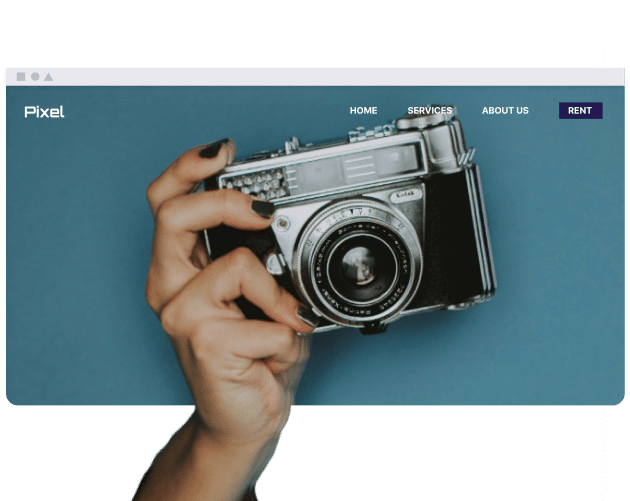What’s the best way to design social media links?
To design social media links, use icons that follow a standard style and locate them where visitors can access them. Icons should be easily identified and visually consistent. Using a set of single-color icons that aligns with the website’s overall color scheme offers a uniform result and reduces variation between icons from different platforms.
How do I add social media links to my website?
You can add social media links to your website either by using a website builder’s built-in features or by manually coding them. Website builders offer a simple, code-free way to integrate the links by just pasting your social media URLs. If you’re using custom code, you’ll need to embed the icons and link them using anchor tags in your site’s HTML.
• Use a tool like Font Awesome for a selection of scalable social media icons.
How do I add social media links to a website I built with a website builder?
When working with a website builder like Hocoos AI or Wix, navigation menus in the editor often provide a labeled area for social media links within “Social Links,” “Header/Footer,” or related settings. In that section, you input the web addresses of your various social media profiles. The tool then generates icons to match your submitted links. This procedure does not involve website code modification, which affects the level of complication.
- Design Customization: Most editors present menu controls for adjusting icon attributes such as size, color selection, and position according to the specific needs of the website’s interface.
How can I track their performance?
You can monitor how social media links are used on your website by employing analytics tools like Google Analytics and adding UTM parameters to the links. This method identifies the amount and origin of link clicks.
| Pros of Social Media Links | Cons of Social Media Links |
| Increased visibility: Your brand is exposed to a broader audience. | Visitor distraction: When users interact with these links, they may leave your site for separate web destinations. |
| Community building: Helps you build a loyal following and nurture relationships. | “Nofollow” links: Many of these links include “nofollow” properties, which means they generally do not contribute to search engine ranking adjustments. |
| Cost-effective: On many web platforms, the option to add social media links is already present as part of the main feature set. | Algorithm dependency: Your reach is subject to changes in platform algorithms. |
Are there any downsides to including social media links?
Including social media links in your website’s navigation can change the way visitors access online pages related to your organization. If the main objective is for users to remain on the site for actions such as form submissions or transactions, these links may alter user navigation patterns. Typically, these links feature a “nofollow” tag, which does not add extra status to your site’s SEO authority.
Should I open social media links in a new tab?
It’s always best to set your social media links to open in a new tab. This approach allows the user to access the social media profile without closing the original tab on your site. This simple change may significantly impact user experience and is intended to influence the probability of visitors bouncing off your page permanently.
Conclusion
Including social media links within website navigation integrates access to external profiles as part of the site structure. Choices related to design, position, and performance tracking of these links are generally based on the functional needs of the website. Adding these links establishes designated connections to related accounts and leaves navigation of primary site content unchanged. These decisions can be made in accordance with visual guidelines as well as with expected visitor usage patterns.

